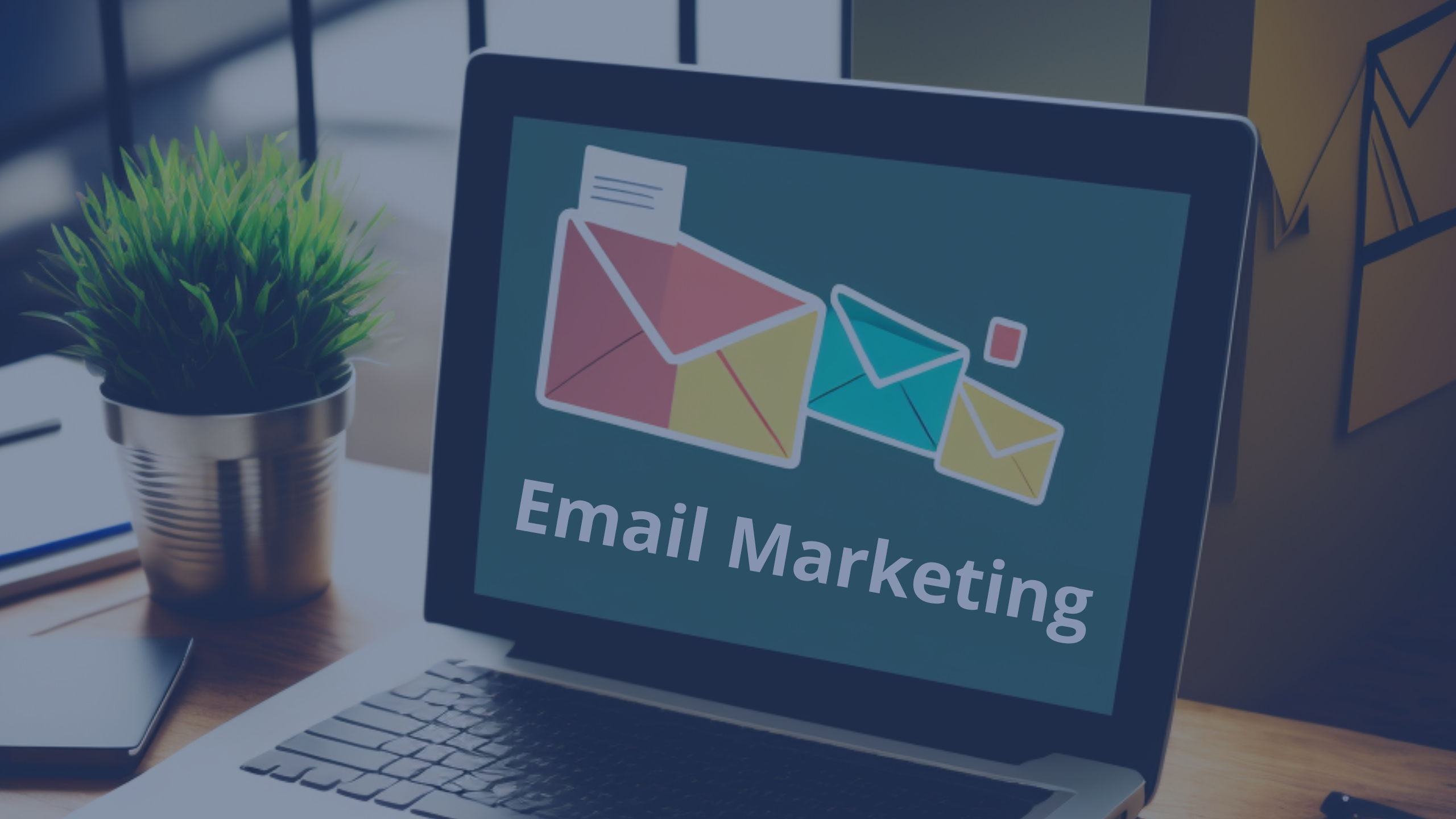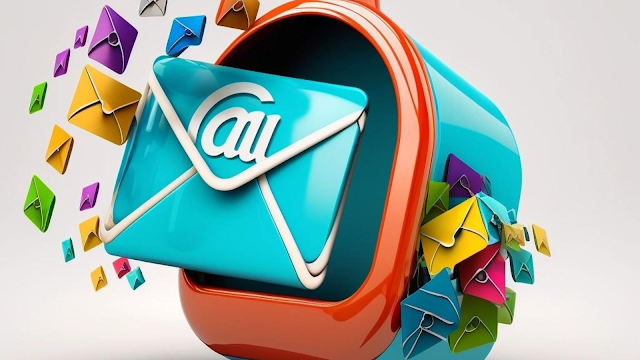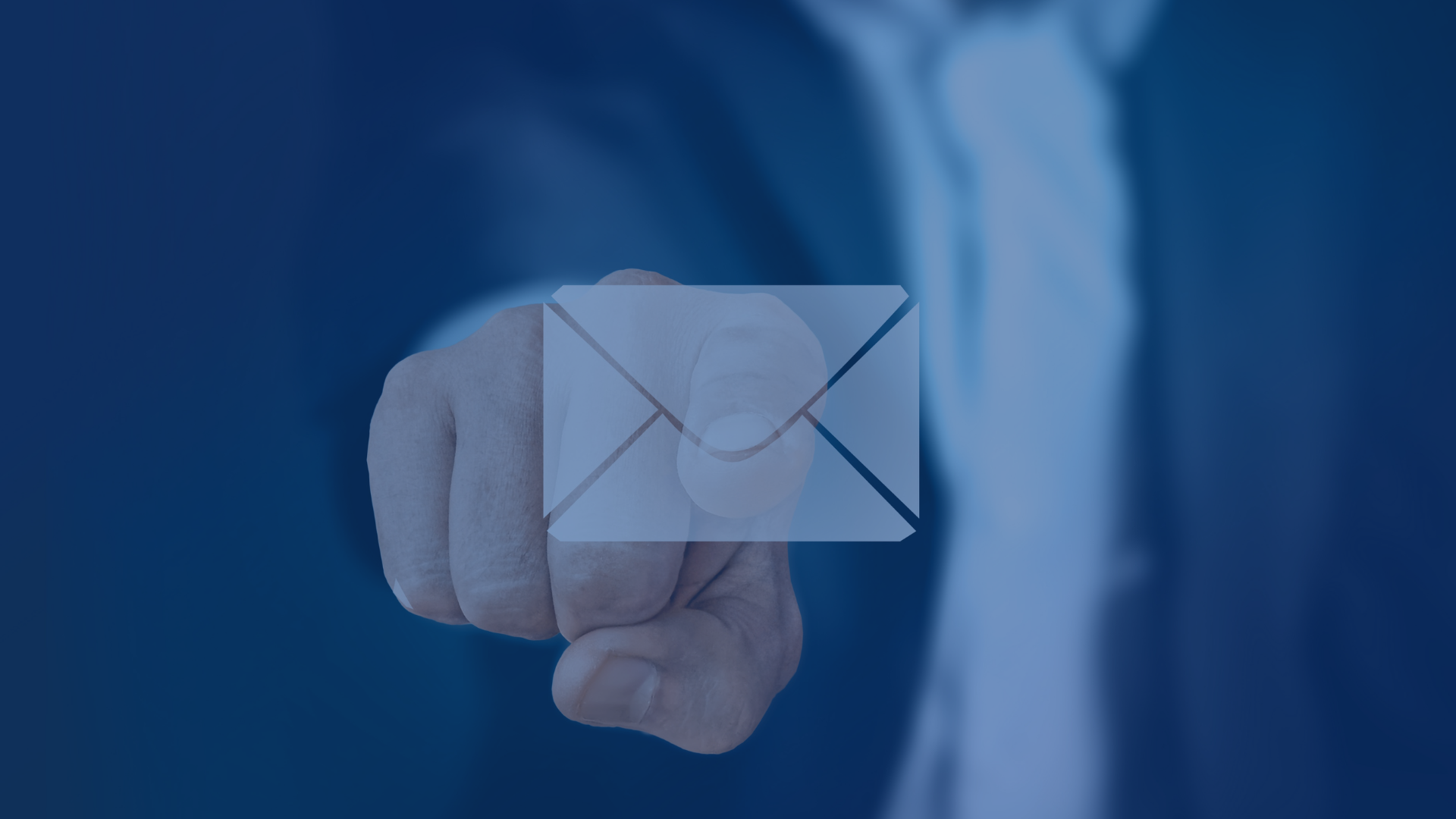How To Use Segmentation To Improve Email Campaigns
The practice of segmenting your email list into smaller groups based on particular traits or behaviors is known as email segmentation. You may design more focused and individualized messages that are more likely to connect with your audience by segmenting your email list.
The ability to offer subscribers more pertinent material is one of the main advantages of email segmentation. For instance, you may send tailored discounts to clients who have previously bought comparable items if you divide your list according to past purchase history. Higher conversion rates and greater income may result from this.
Your deliverability rates can also be increased by email segmentation. Engagement metrics are used by ISPs and inbox providers to decide whether an email should be sent to the inbox or forwarded to the spam bin. Your subscribers' interaction with your emails may be increased by sending them more pertinent material, which could result in greater deliverability rates.
Email segmentation also has the benefit of lowering unsubscribe rates while raising retention rates. People are more inclined to unsubscribe when they get emails that are irrelevant. You may decrease the number of unsubscribes and increase the number of subscribers you keep by distributing only pertinent information.
As a whole, email segmentation is a potent strategy that may aid in enhancing the efficiency of your email marketing. Your email list's conversion rates, deliverability, and subscriber retention may all be improved by segmenting it into smaller groups and providing focused, tailored content.
Identifying Segments
The ideal strategy will rely on your unique business and objectives. There are many various methods to segment your email list. However, here are a few typical strategies for segmenting your email list:
Demographics: You may offer your subscribers more relevant material by segmenting your list based on factors like age, gender, geography, and income. You may divide your list depending on age and deliver information that is most appropriate to that group, for instance, if you offer items that are aimed at a certain age range.
Prior purchases: By segmenting your list according to past purchases, you may deliver customized advertisements to people who have previously bought comparable goods. Higher conversion rates and greater income may result from this.
Email engagement: By segmenting your list according to email engagement, you may find out which subscribers are most interested in your material and send them more pertinent emails. You may divide your subscriber list into groups based on whether or not they have opened your emails during the last 30 days, for instance, and send different material to each group.
Lead Score: By segmenting your list based on lead score, you can determine which leads are more likely to convert and target them with content that is more specifically suited to their needs in an effort to drive them along the sales funnel.
Interest: By segmenting your list according to your subscribers' interests, you may offer them material that is most appropriate for them. You may divide your list depending on the themes that each subscriber has indicated an interest in and deliver them the information that is most pertinent to them, for instance, if your newsletter covers a variety of topics.
These are just a few examples of email list segmentation strategies. You will find and create segments that are most effective for your company and audience as you continue to divide your list into different categories.
Creating Segmented Campaigns
There are various phases involved in creating segmented campaigns, including:
Segmentation: Choosing the categories you wish to target is the first stage in developing a segmented campaign. In order to do this, it may be necessary to analyze your email list and separate your subscribers into groups based on traits or actions like demographics, previous purchasing behavior, or email interaction.
Data collection for segmentation: After determining your segments, you must gather information on each one. Demographic information, historical purchasing patterns, email involvement, and hobbies are some examples of this data.
Creating tailored messages: Using the segmentation data you've collected, you may create unique messages for each category. This can entail adjusting the subject line, content, and call to action to reflect the unique preferences and traits of each section.
Set up the email campaign: You may set up your email campaign after you have your segmented data and customized messaging. This can entail creating and sending emails to each group using an email marketing tool.
Track and evaluate campaign performance: Following the launch of each segmented campaign, it's critical to monitor and evaluate its performance. This can entail monitoring indicators like open and click-through rates and modifying the next efforts in light of the information.
Optimize and modify: As you keep your campaigns segmented, you will discover which segments respond best to different kinds of messaging, and you may modify your campaigns as necessary.
Although segmented campaigns might require some initial work, the rewards in terms of higher engagement, conversions, and income make the work worthwhile. You may build more focused and individualized campaigns that are more likely to resonate with your audience by comprehending the traits and habits of your segments.
Measuring Success
Understanding the efficiency of your email marketing activities requires measuring the performance of segmented programs. You may track and evaluate the effectiveness of your segmented campaigns using the following important metrics:
The percentage of receivers that actually opened your email is known as the "open rate." This number can assist you in determining how well your subject line and preheader material did in drawing subscribers' attention.
Click-through rate (CTR): The percentage of receivers who clicked on one or more links in your email is known as the click-through rate. This indicator can assist you in determining how well your content and calls to action persuade subscribers to take action.
Conversion rate: The percentage of receivers who finished a desired action, whether completing a purchase or signing up for a webinar, is known as the conversion rate. This statistic can assist you in determining the success of your campaign in relation to your overall corporate objectives.
Unsubscribes: The quantity of subscribers that unsubscribed from your email list after receiving your campaign is known as an unsubscribe rate. You may use this indicator to gauge how engaging and pertinent your material was for the target audience.
Bounce rate: The percentage of emails that were returned as undeliverable is known as the bounce rate. This measure can assist you in identifying any problems with the quality of your email list and make sure that the recipients of your segmented emails are the proper people.
Revenue: The campaign's revenue might assist you in determining whether your segmentation approach is boosting sales and revenue.
You may get a better grasp of how your segmented efforts are doing and see opportunities for improvement by monitoring and analyzing these indicators. Additionally, you may utilize this information to enhance subsequent campaigns and raise the general effectiveness of your email marketing initiatives.
Best Practices
There are a few recommended practices to keep in mind to make sure that your efforts are as effective as possible when using segmentation to enhance email campaigns.
While it may be tempting to divide your list up into highly precise divisions, it's vital to avoid segmenting your list too strictly. Because of this, it could be challenging to provide relevant material for each audience, which might result in poor engagement levels. It is preferable to divide your list into bigger, more generic categories so that you may more easily target them with pertinent information.
Maintain the accuracy of your segmented lists: Keep your segmented lists current as your subscriber base changes over time. This might entail updating demographic data or routinely eliminating inactive users. This will guarantee that the target audience for your segmented marketing is always reached.
Test and experiment: Try out several segment kinds and evaluate how well each segmented campaign performs. By doing so, you'll be able to pinpoint the parts that perform the best and tailor your advertisements to them.
Personalize your subject lines: It's vital to leverage the information you have about your segments to create tailored subject lines that will grab their attention. Personalized subject lines have been demonstrated to enhance open rates.
Avoid bombarding a particular section with emails: Consider the frequency of your efforts because sending too many emails to a single group might result in unsubscribes.
Use A/B testing to evaluate several iterations of your email to see which one works better. This is especially helpful if you want to tailor your marketing to a certain audience.
Use automation: Segmentation can take a lot of time, but it can be made much more manageable by applying automation. You can build, send, and track segmented campaigns with the use of automation technologies, which may help you save time and money.
You can utilize segmentation to develop more successful email campaigns that provide results for your company by adhering to these best practices and experimenting with various methods.
Conclusion: Improving email marketing using segmentation may be a potent strategy to raise customer engagement, conversions, and income for your company. You may design campaigns that are more pertinent and interesting for your audience by segmenting your email list into smaller groups and distributing targeted tailored content.
Some of the key benefits of using segmentation include:
Enhanced relevance: By segmenting your list, you may give your subscribers more pertinent material, which may increase engagement and conversion rates.
Deliverability may be improved by providing more pertinent material to your subscribers, which can raise deliverability rates.
Reduced unsubscribes and higher retention: By distributing only pertinent material, you may keep more of your subscribers and lower their rate of cancellation.
You may make the segmentation process simple and productive by adhering to best practices, such as avoiding overly narrow segmentation, maintaining the accuracy of segmented lists, and utilizing automation.
In conclusion, email segmentation is a crucial tactic for any company trying to enhance its email marketing and generate revenue. It's never too late to start using segmentation to enhance your efforts, regardless of your experience level with email marketing. Today, begin experimenting and testing with various parts to observe the beneficial effects it might have on your company.











